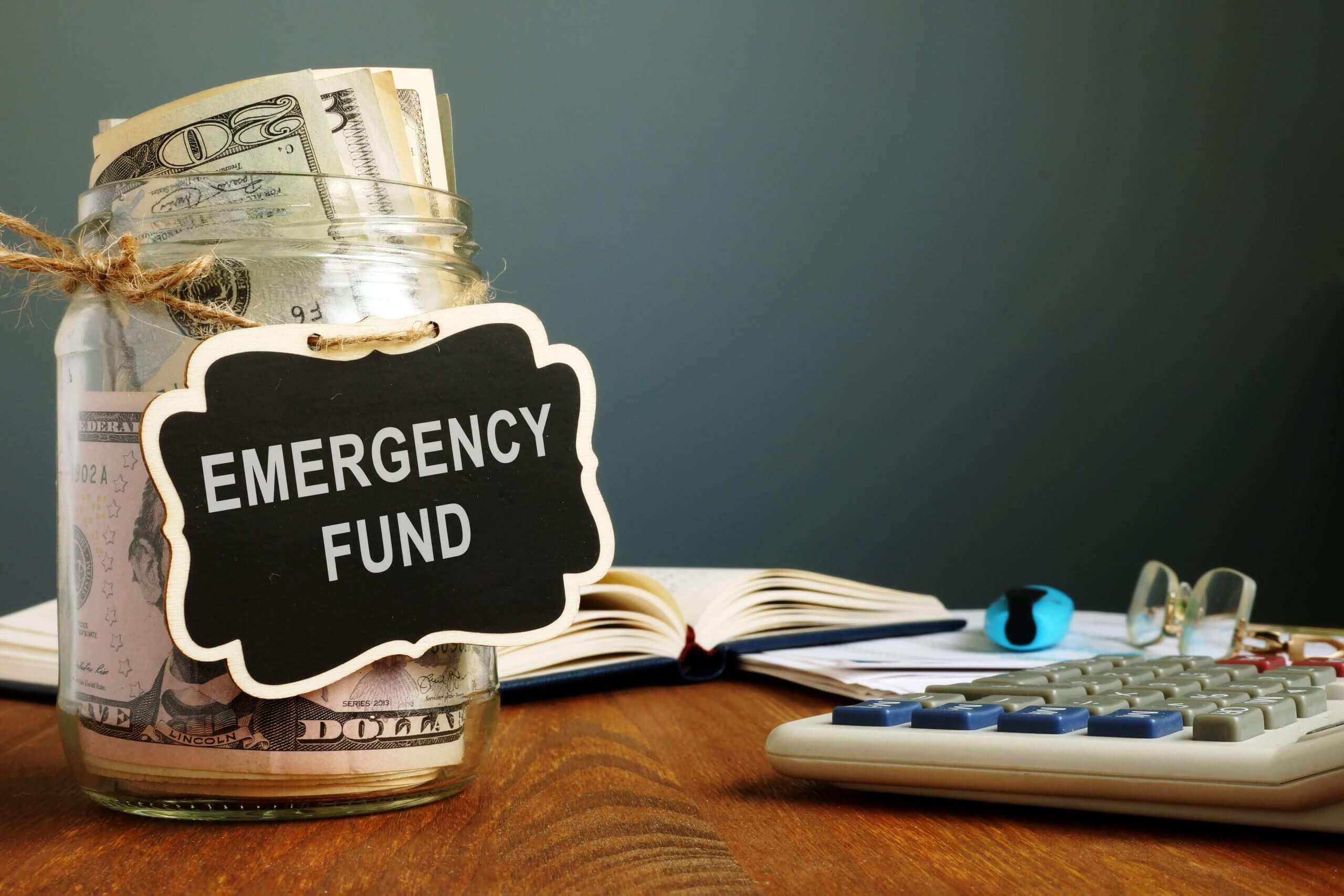
An emergency fund is something every individual and family should include in their financial planning. There are numerous considerations as to how much to save, and how to save for your emergency fund.
First, it is important to understand why an emergency fund is such an integral part of long-term financial success. The habit of saving for an emergency fund develops important cost cutting and dollar savings skills. More obviously, it will provide protection from unplanned, difficult financial circumstances, and give peace of mind, which can be equally as important.
How Much Should You Save
While there is not an exact amount recommended or an emergency fund, there are several variables that provide clear direction for how much you should save. The general rule of thumb is to save 3 to 6 months of expenses. Generally, this amount will provide adequate protection against the inevitable car or home repair, extreme medical expense, or the loss of a job.
Because job loss can be one of the most stressful economic scenarios, your job security is a significant factor in determining whether 3 or 6 months of expenses is more appropriate. If your employment is extremely stable, then 3 months could be right for you. Conversely, if your job or income is uncertain or varies from month to month, it might be a wise move to target 6 months of expenses.
Also, bear in mind that not all expenses are created equal. Some monthly expenses can easily be adjusted or eliminated. For example, if you are willing to unsubscribe from your streaming services, stop eating out, and cut back on those expensive hobbies, then your need for a larger emergency fund may not be necessary.
Lastly, because peace of mind is part of the equation it is reasonable to save more than 6 months if you are generally more conservative. Although, saving less because you like living on the edge is less advisable.
What Type of Account Should I Use?
Your emergency fund assets should be held in an account with zero investment risk, and a priority on liquidity. You should be able to access the funds in a timely manner. Just because you don’t take investment risk doesn’t mean you can’t search for a savings or money market account with the highest interest rate. It is also a good idea to keep these funds completely separate from other assets. When your emergency fund is kept in the same account as the savings account earmarked for your next car, the line can easily blur as to which funds are which when it is time to make the car purchase.
How To Save?
The key to saving for an emergency fund is to develop a plan. The simplest version of the plan should include setting a portion of your paycheck into the account of your choosing. It is highly recommended that this process is automated to ensure you stay on track. After you determine a target amount, you should determine a target time period to reach your savings goal, and create a budget that will allow you to save the desired amount with each paycheck.
When Should You Use It?
There is the obvious temptation to use this pool of cash as a means to splurge or cover expenses that could be covered from monthly cash flow. These funds that have been saved for emergencies should be used exclusively for… emergencies. Large unplanned expenses like HVAC replacement, or major car repairs, or that expensive trip to the emergency room would certainly qualify. Withstand the temptation to use the funds to pay for vacations, golf clubs, or that new car.

Stay In Touch